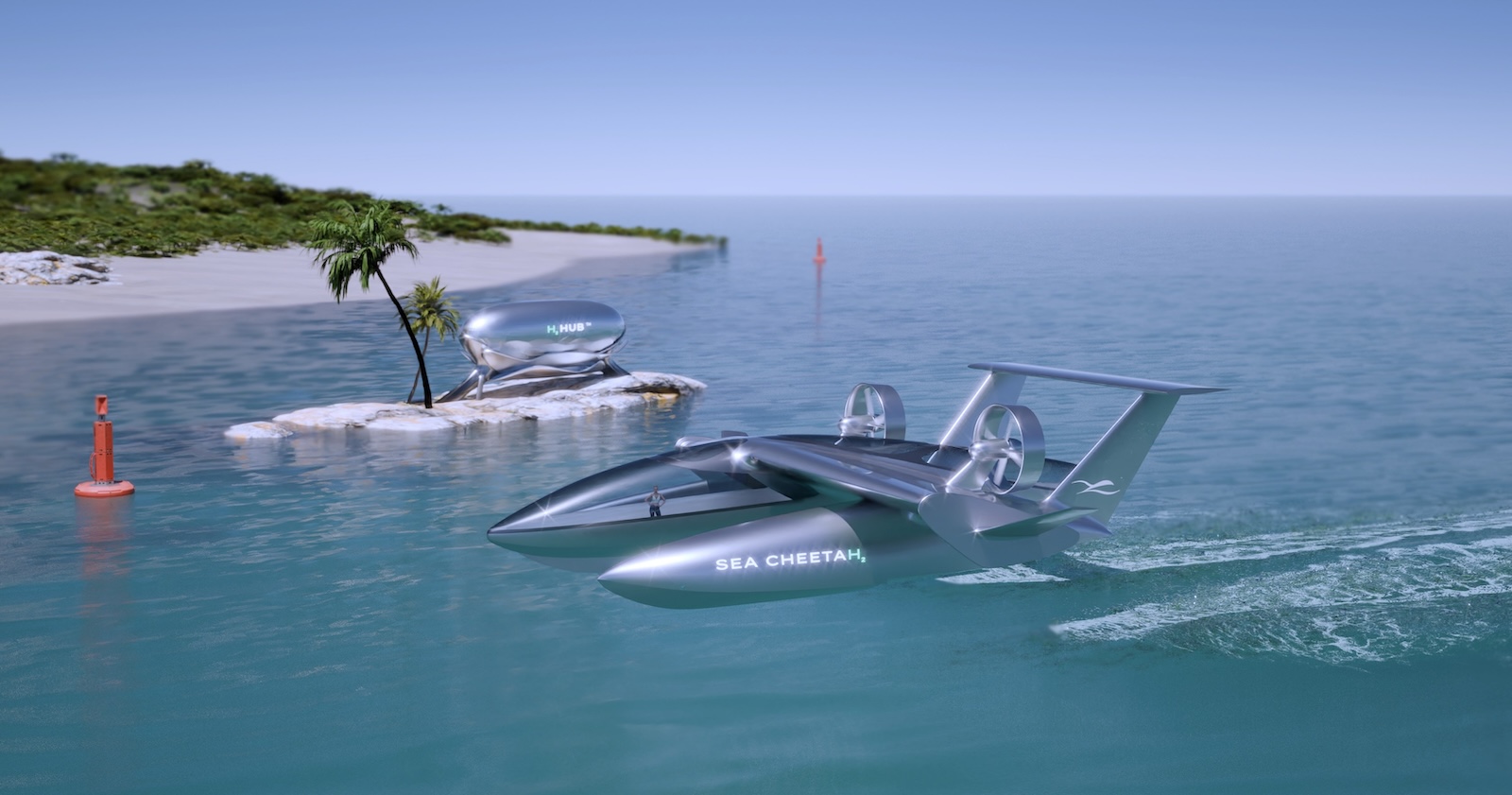Revolutionizing Water Travel: The Rise of Wing-In-Ground Electric Boats
Key Ideas
- Wing-in-ground effect electric boats combine the benefits of speed, fuel efficiency, and zero emissions, making them an attractive option for coastal landings.
- Companies like Sea Cheetah, Lockheed Martin, and Aurora Flight Sciences are pioneering the development of electric boats with fuel cell technology.
- The shift towards green hydrogen as a fuel source for electric boats is crucial for achieving emission-free transportation and reducing reliance on fossil fuels.
- Advancements in electrolysis systems are lowering the cost of producing green hydrogen, paving the way for a more sustainable hydrogen supply chain.
The field of wing-in-ground effect vessels is experiencing a resurgence, particularly in the realm of electric boats that mimic the flight of airplanes over water surfaces. These boats, despite their aircraft-like appearance, are classified as boats due to their ability to berth at ports inaccessible to traditional aircraft. This classification allows for faster speeds compared to regular boats. The wing-in-ground effect creates a lift under the boat using aerodynamic wings, similar to an aircraft during takeoff, resulting in a vessel that glides over the water's surface at low altitudes. Companies like Sea Cheetah, Lockheed Martin, Aurora Flight Sciences, and Jetka are at the forefront of developing electric boats with this technology.
The recent introduction of hydrogen fuel cell electrification in wing-in-ground electric boats, such as the Sea Cheetah, marks a significant advancement towards emission-free transportation. Sea Cheetah's partnership with H3 Dynamics aims to establish small-scale green hydrogen facilities to support these boats. The shift towards green hydrogen is crucial for reducing reliance on fossil fuels in the hydrogen supply chain. Advancements in electrolysis systems are making green hydrogen production more cost-effective.
While the cost of green hydrogen remains a challenge, the speed and convenience offered by fuel cell electric boats like the Sea Cheetah at speeds of up to 155 mph and altitudes under 50 feet provide compelling reasons for their adoption. The integration of green hydrogen technology in the marine industry opens up new possibilities for sustainable water travel and contributes to a cleaner transportation sector.
